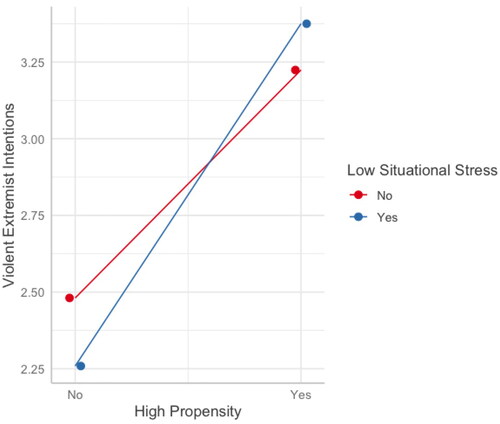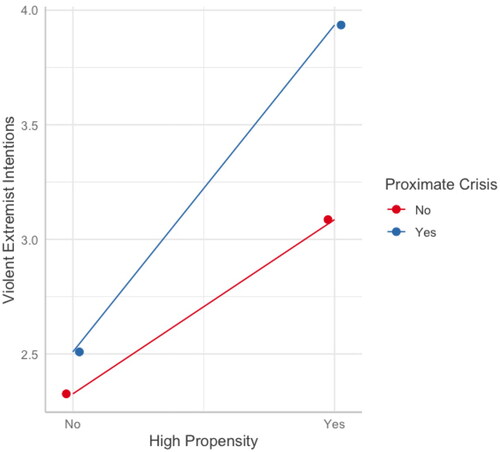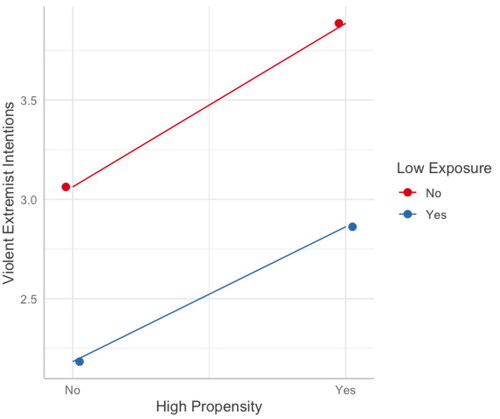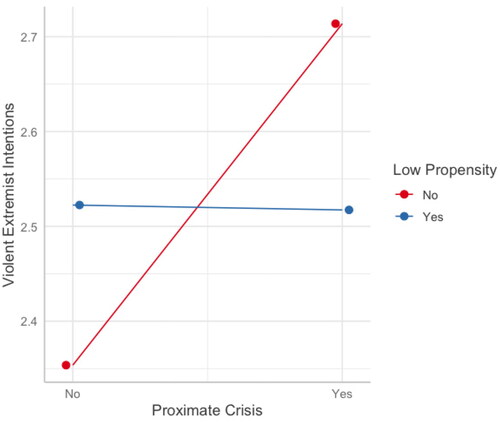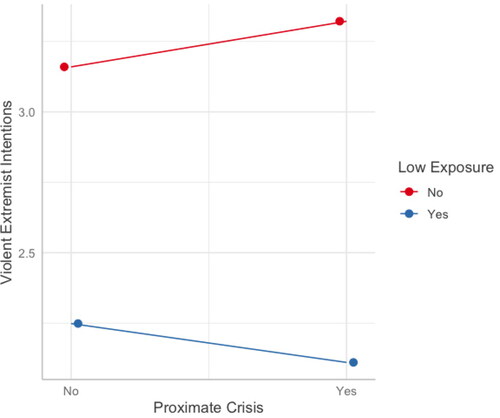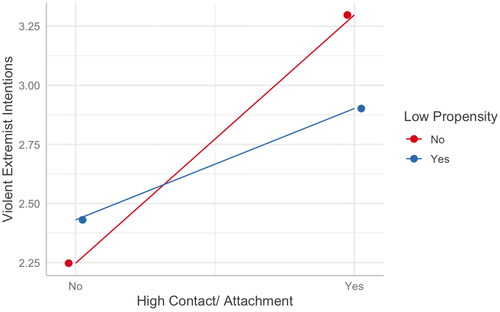Figures & data
Table 1. Fit statistics for latent class analysis of the propensity component.
Table 2. Fit statistics for latent class analysis of the situation component.
Figure 2. Posterior probability of manifest variable responses across classes for propensity. From left to right profiles are labelled Moderate propensity, Cognitive susceptibility, High propensity, Low propensity.
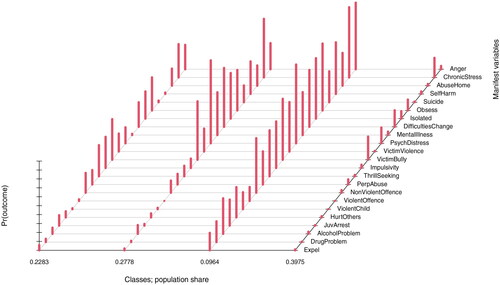
Figure 3. Elbow-Plot showing the parsimony and goodness-of-fit for situation models with varying number of classes.
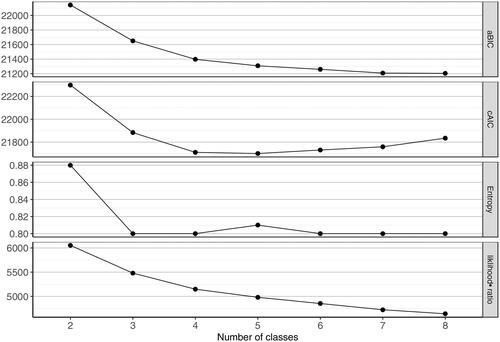
Figure 4. Posterior probability of manifest variable responses across classes for situation. From left to right profiles are labelled Interpersonal stress, Low stress, High stress, Proximate crisis.

Figure 5. Elbow-Plot showing the parsimony and goodness-of-fit for exposure models with varying number of classes.
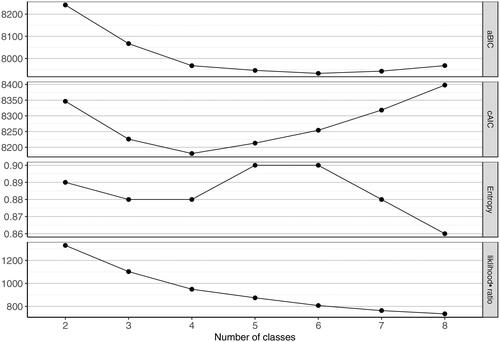
Table 3. Fit statistics for latent class analysis of the exposure component.
Figure 6. Posterior probability of manifest variable responses across classes for exposure. From left to right profiles are labelled High exposure to radicalizing moral norms, High contact/attachment, Moderate contact/attachment, Low exposure.
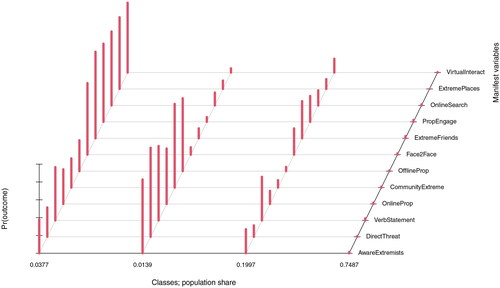
Table 4. Chi-Square tests examining age and sex differences in risk profile membership.
Figure 8. Interaction of high propensity and high contact/attachment on violent extremist intentions.

Figure 9. Interaction of proximate crisis and high contact/attachment on violent extremist intentions.

Figure 10. Interaction of high propensity and low situational stress on violent extremist intentions.
